Get a summer six-pack: 5 nutrition tips
Five of the best nutrition tips for getting a six-pack in time for summer
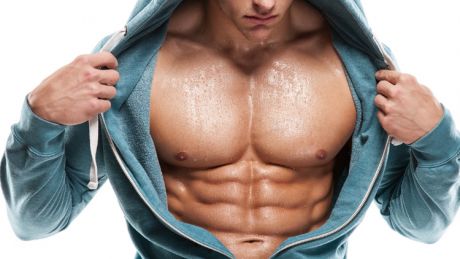
If you want washboard abs, what you do in the kitchen is just as important as what you do in the gym. But knowing what advice to follow can be tricky. Every week sees new fad diets emerge, while nutritionists and scientists contradict each other on a regular basis. To guide you through this confusing subject, we’ve distilled the wisdom of the world’s leading nutrition experts into easy-to-follow guidelines.
Get green
There’s no such thing as too much veg, especially if you’re talking about vegetables grown above ground. The Food Standards Agency’s (FSA) ‘eatwell plate’, the government-endorsed illustration of what to eat, suggests roughly a third of your diet should come from fruit and veg. But it also suggests another third should be made up of ‘bread, rice, potatoes and other starchy foods’.
This is not the way to a hard, lean body, because simple carbohydrates cause sudden and prolonged rises in blood sugar, which provokes a slew of biochemical imbalances that lead to weight gain, type 2 diabetes and other nasty health problems. Make sure your carbohydrates are from a more nutritious source with slower sugar release, which is almost every vegetable apart from potatoes.
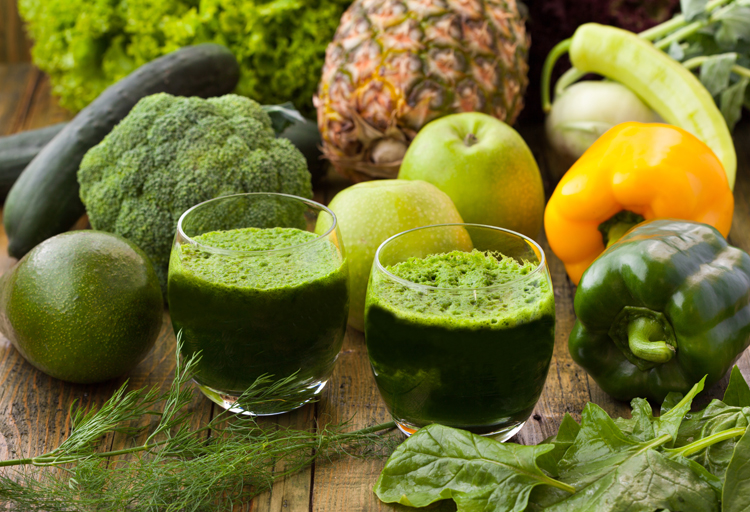
It’s also an oversimplification to put fruit and veg together. If you’re getting your five a day from fruit alone, your blood sugar levels are going to be going crazy throughout the day from the high fructose (fruit sugar) content. Veggies don’t contain fructose, and are more nutrient-rich than fruit, so aim to eat as many portions as you can, and save fruit – ideally berries, which are rich in antioxidants and low in fructose – for after you’ve feasted on the green stuff.
In a nutshell: Make vegetables the foundation of your diet and vary them as much as you can.
Include protein in every meal
Sooner or later, you’ll run into someone at the gym, office or all-you-can-eat buffet who raises an eyebrow at the amount of protein you’re ingesting. Some may even tell you confidently that it can be bad for your health. Here’s the truth: the only studies that have ever suggested that protein can cause kidney problems were done on people with pre-existing kidney problems.
Protein is one of the most important components of the diet and when you eat a high-protein diet, you’re generally less hungry, eat less and lose weight as a result.
Sign up for workout ideas, training advice, reviews of the latest gear and more.
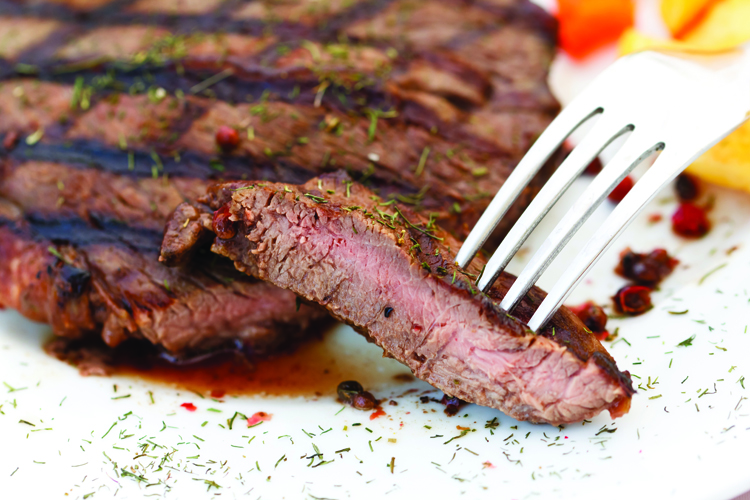
So what’s the right amount?
Estimates vary from one to four grams per kilo of bodyweight, per day, but most nutritionists agree that two grams is the minimum. As for how much you can digest at one sitting, at least 20-25g is required for muscle protein synthesis, although recent studies have found that the body can use nearly double that amount to build muscle. Plus protein-rich foods are generally very filling, so a large serving will help you avoid the temptation to snack.
So what does this boil down to when you’re making your dinner? Stick to a two-to-one ratio of vegetables to protein in every meal, by sight.
In a nutshell: It’s almost impossible to eat too much protein, although you could easily not be getting enough. Eat it with every meal.
Don't shy away from fat
Although most of us know that eating some fat is essential to a healthy diet, it’s all too easy to make a mental connection between eating fat and getting fat, so you end up skipping it. Trouble is, that usually means eating something that’s worse for you.
One possible issue the FSA has with fat is that at nine calories per gram, it’s more calorific than carbohydrate or protein, which only contain four. But if you’re worried about your weight, the key is to eat foods that are genuinely satisfying, such as fat, because you’ll eat less of them.

There’s also the issue of saturated fat, which is demonised as a cause of high cholesterol and heart disease. Recent research suggests, however, that saturated fat actually raises ‘good’ HDL cholesterol levels while making ‘bad’ LDL cholesterol benign. After all, humans have evolved to eat saturated fats, and they play key roles in the body, so it seems strange that only in the last 50 years have they become bad for us.
The naturally-occurring fats found in oily fish, avocados, nuts, seeds, olives, olive oil and coconut oil provide the body with essential fatty acids. These are used for key functions such as metabolism and hormone synthesis, which are critical to your ability to burn fat.
The fats you should worry about are the man-made, hydrogenated variety found in processed foods and junk food, as research links them to a variety of illnesses and health issues, including heart disease and obesity.
In a nutshell: Eat naturally occurring fats – including saturated fat - but avoid all processed, hydrogenated fats, especially trans fats.
Stop counting calories
Calories: the government is encouraging restaurants to put them on menus, women frantically add them up in the Tesco Express snack aisle, and people still treat the amount they burn off as the only thing that matters to fat loss.
That isn’t the case, because calories are not a good indication of what a food is like and the effect it’s going to have on your metabolic rate. Would you say a couple of poached eggs are the ‘same’ as a can of Coke because they contain a similar number of calories?
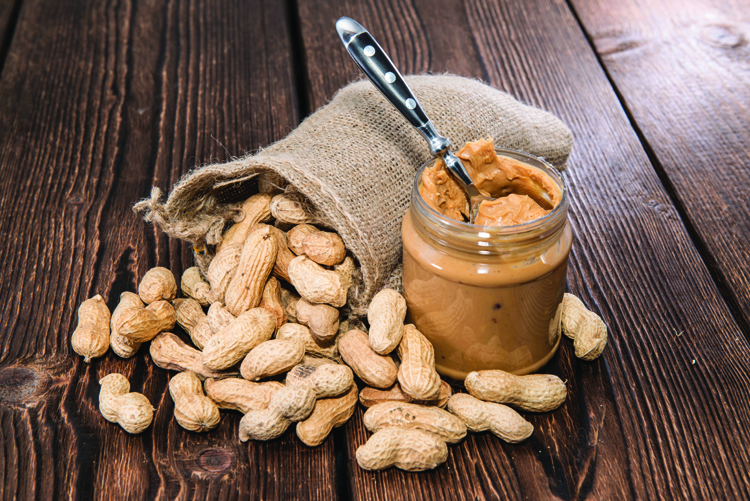
Also, counting calories makes it easy to justify bad dietary decisions. Ever heard a friend say they can eat what they want because they’ll burn it off at the gym? They couldn’t be more wrong. In fact, the more active you are, the better your nutrition needs to be.
Arguably more important than calories is your food’s glycaemic load (GL), which indicates how much of a blood sugar spike it’ll give you – but manufacturers aren’t required to put GL on packaging. But if you’re following our rules this shouldn’t be a problem. Steering clear of starchy food (such as pasta) and sugar means you’re already avoiding foods with high GL. You can also slow the absorption rate of high-GL foods, helping prevent blood sugar wobbles, by eating them with protein-heavy foods like chicken or tuna.
In a nutshell: Think quality, not quantity. Eating nutritious food is better than sticking rigidly to a 2,000-calorie-a-day limit.
Eat real food
This is the key. If you do this, you’ll end up following all the other rules almost by default. A simple rule of thumb is only eat food that grows out of the ground or food that once had a face. Another option is to simply go caveman and think like a hunter-gatherer. When you’re looking at something on the shelf, ask yourself if it would have existed 5,000 years ago. If the answer’s no, it probably isn’t anything that you should be eating.
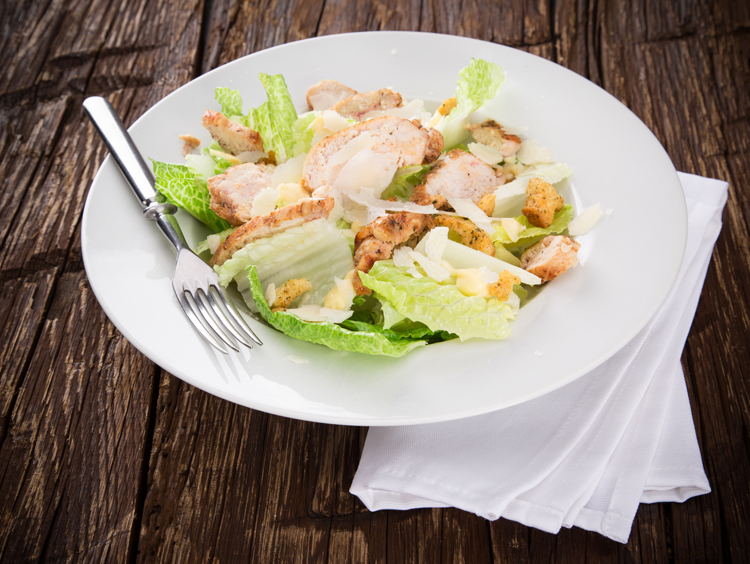
Another good healthy eating strategy is to stick to the outer aisles of the supermarket, which is where all the fresh produce is usually kept for ease of transportation, and away from the interior where everything’s canned, processed or packed full of preservatives. Avoid food containing preservatives that you can’t spell or ingredients you wouldn’t keep in the kitchen. And eat things that will rot eventually, so you know they’re fresh.
In a nutshell: Eat food, rather than products pretending to be food.
Coach is a health and fitness title. This byline is used for posting sponsored content, book extracts and the like. It is also used as a placeholder for articles published a long time ago when the original author is unclear. You can find out more about this publication and find the contact details of the editorial team on the About Us page.

